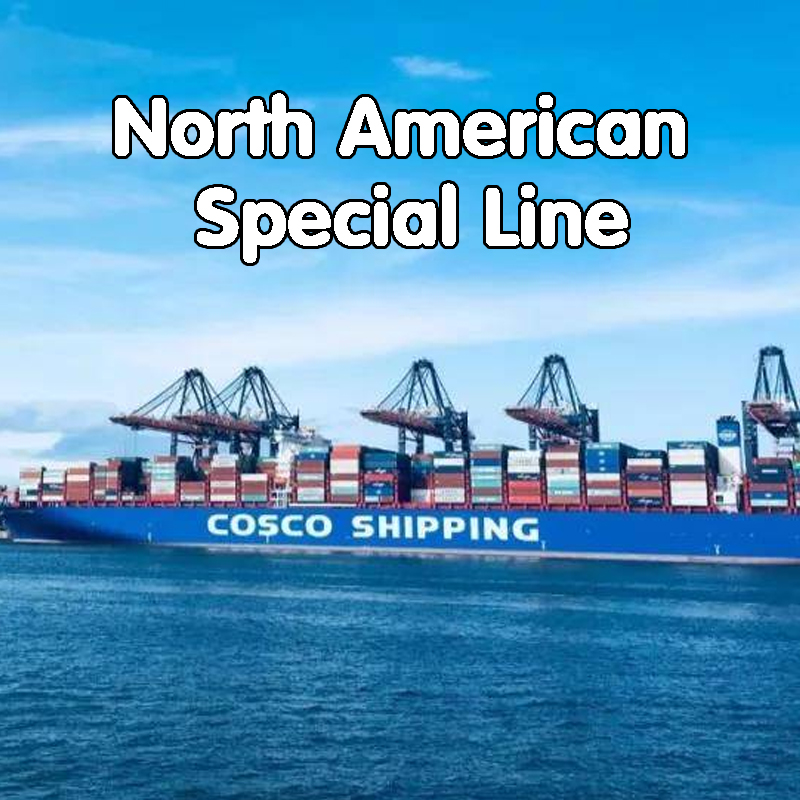Shipping routes from China to the United States

The maritime routes between China and the United States play a crucial role in the global trade landscape. These air routes not only promote the flow of goods between the two countries, but also become an important bridge connecting the economies of the East and the West. Shenzhen Aotong FBA first leg logistics will take you to understand the main sea freight routes from China to the United States.
1. Far East to North American West Coast route
This historic route connects China, Japan, the Russian Far East, and the west coast of the United States. Departing from the busy ports of Shanghai and Ningbo, passing through the Osumi Strait or Tsushima Strait, crossing the Pacific Ocean, and finally arriving at important ports such as Los Angeles and Seattle in the United States.
2. Far East to Caribbean and North American East Coast routes
As a key route connecting Asia and the East Coast of North America, it usually passes through the Hawaiian Islands and crosses the Panama Canal, providing a fast track for goods to major cities on the East Coast such as New York and Boston.
3. Northwest Europe to the East Coast of North America route
This route is one of the busiest segments in the world, not only connecting North America and Northwest Europe, but also becoming an important channel for goods from the Asia Pacific region to enter the Atlantic market. The terminals on the Azores and Madeira Islands are key nodes on this route.
4. Persian Gulf to Cape of Good Hope to Western Europe and North America route
As the world's major oil transportation route, this route is operated by super tankers and carries the important mission of energy supply.
5. Persian Gulf to Suez Canal to Mediterranean to Western Europe and North America route
This route can accommodate super tankers weighing up to 300000 tons and is a key waterway connecting Middle Eastern oil resources with European and American markets.
6. Far East to North American East Coast Route (East Coast Route)
Serving multiple ports on the East Coast of the United States, including but not limited to Montreal, Toronto, New York, etc., this route provides Asian exporters with a convenient way to enter the North American East Coast market.
7. Australia, New Zealand to North America route
The route connecting the South Pacific and North America provides an opportunity for goods from Australia and New Zealand to enter the North American market.
8. US Canada route
This route connects multiple ports in Canada and the United States, including West Coast ports such as Vancouver, Seattle, San Francisco, and Los Angeles, as well as East Coast ports such as Montreal, Toronto, New York, and Boston.
epilogue
The formation of maritime routes is a complex process that is influenced by various factors such as safety, freight demand, port conditions, and technology. With the development of global trade, these routes will continue to play an important role in connecting trade between China and the United States.
